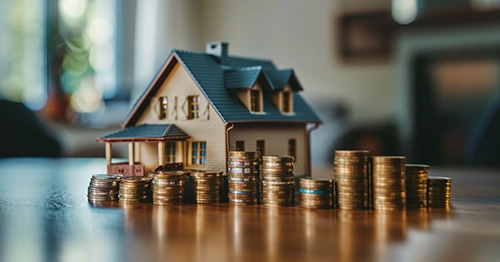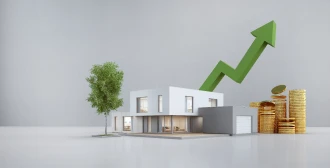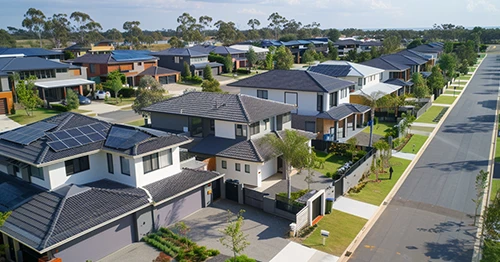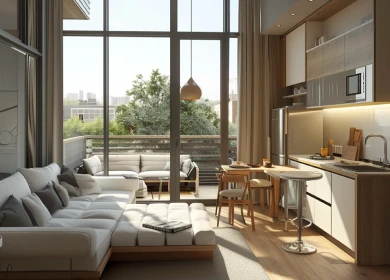Updated: 07 Aug, 2024
In July, CoreLogic’s Home Value Index (HVI) showed a 0.5% rise, marking the 18th consecutive month of growth. This steady increase aligns with the 0.5% rise observed in June. Since the 7.5% decline recorded between May 2022 and January 2023, the national HVI has gained 13.5%, continuously setting new record highs since November last year. However, while the headline growth rate remains positive, it is clear momentum is slowing, and growth patterns are becoming more diverse across different regions.
Here’s CoreLogic’s report in full.
State Performance Overview
| State | July Home Value Change | Description |
|---|---|---|
| Sydney | +0.3% | Home values in Sydney rose in July, continuing its steady recovery. |
| Melbourne | -0.4% | Melbourne experienced a slight decline, reflecting weaker market conditions. |
| Brisbane | +1.1% | Brisbane continued its strong performance, showing a solid increase in home values. |
| Adelaide | +1.8% | Adelaide's values surged, driven by extremely low inventory levels and high demand. |
| Perth | +2.0% | Perth led the capitals with the highest monthly increase, demonstrating robust market conditions. |
| Hobart | -0.5% | Hobart's values declined, reflecting cooling market conditions. |
| Darwin | -0.2% | Darwin showed a slight decrease in home values, indicating a stable but softening market. |
| Canberra | 0.0% | Canberra's market remained stable with no change in July, maintaining steady conditions. |
Regional Markets Vs. Capital Cities
Growth in regional housing values is lagging behind the capitals, with a 1.3% quarterly rise across the combined regional index, compared with a 1.8% gain in the combined capitals. Regional Western Australia (4.7%), regional South Australia (3.2%), and regional Queensland (2.8%) led the quarterly growth among regional areas. However, regional Victoria showed a 1.4% decline in values over the past three months.
Rental Market Overview
The national rental market showed signs of easing, with CoreLogic’s hedonic rental index rising only 0.1% in July, the smallest monthly rise since August 2020. Monthly rental declines were recorded in Sydney and Brisbane (-0.1% each) and Hobart (-0.3%). Despite the slowdown, annual rental growth remains above pre-COVID averages in most cities. For instance, Sydney unit rents rose by 6.6% over the past year, though this is down a great deal from the 17.9% growth rate seen in May last year.
Market Forecast
The outlook for the housing market remains complex. While constraints on new housing supply are likely to support home prices, there are growing downside risks. Housing affordability is becoming a challenge, as home values rise faster than incomes. The portion of household income required to service a new mortgage is at a record high, further straining affordability.
Investor activity is increasing, with the number of investor loans up 24.8%, year on year. Despite rising investor demand, many investors may face cashflow losses due to high leverage and lower rental yields than mortgage rates. This dynamic highlights the increasing complexity and volatility of the current housing market landscape.





